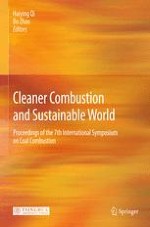2013 | OriginalPaper | Chapter
Self-Supporting Power Plant – Capturing Evaporated Water and Save Energy a New Source of Water
Authors : Ludwin Daal, Frank de Vos, Rob Heijboer, Bert Bekker, Xiu Xiu Gao
Published in: Cleaner Combustion and Sustainable World
Publisher: Springer Berlin Heidelberg
Activate our intelligent search to find suitable subject content or patents.
Select sections of text to find matching patents with Artificial Intelligence. powered by
Select sections of text to find additional relevant content using AI-assisted search. powered by
